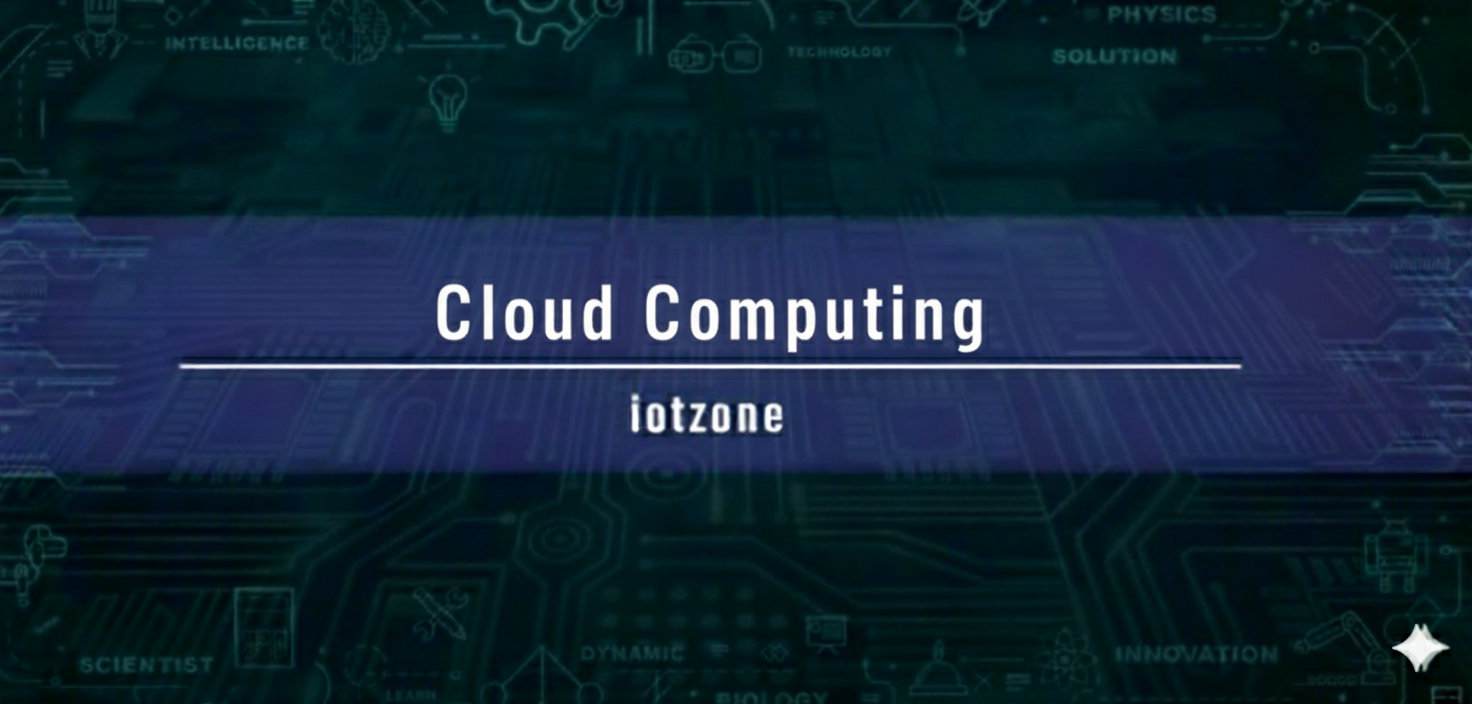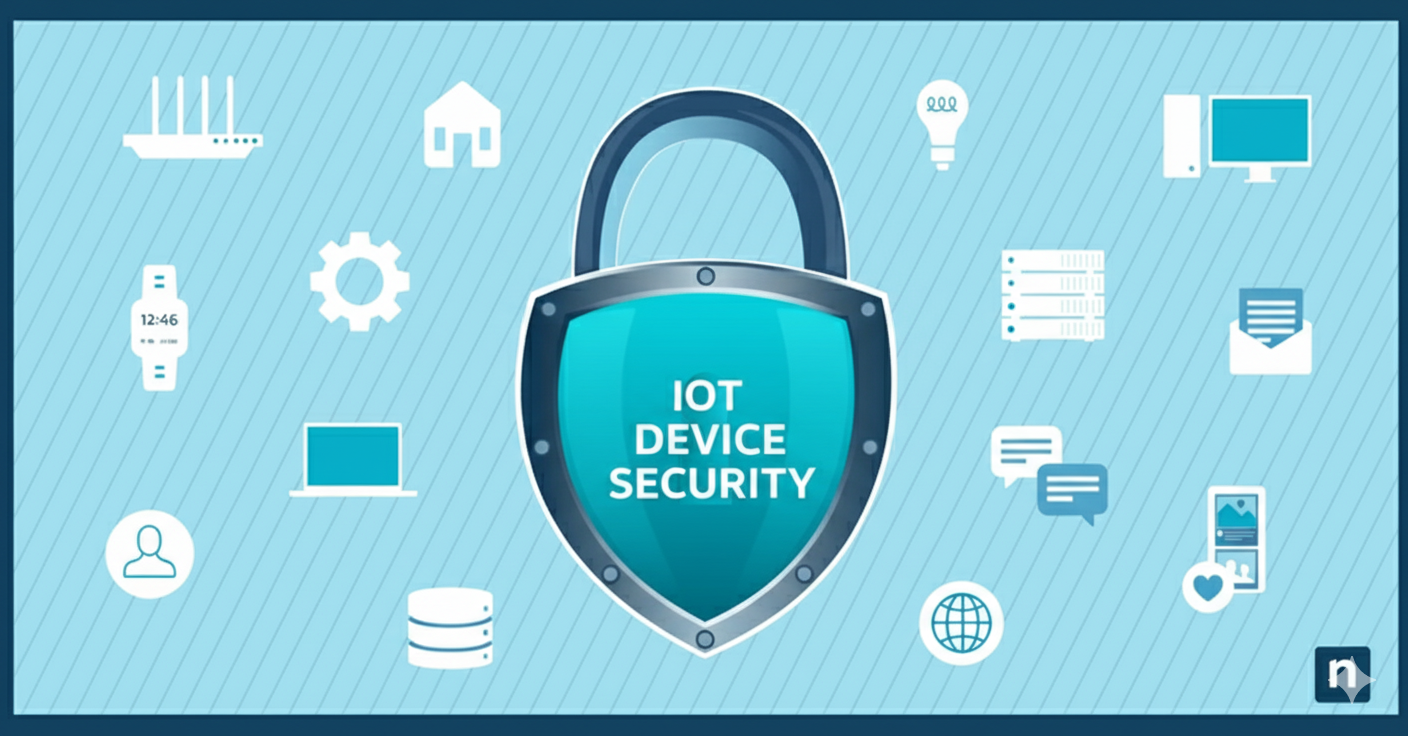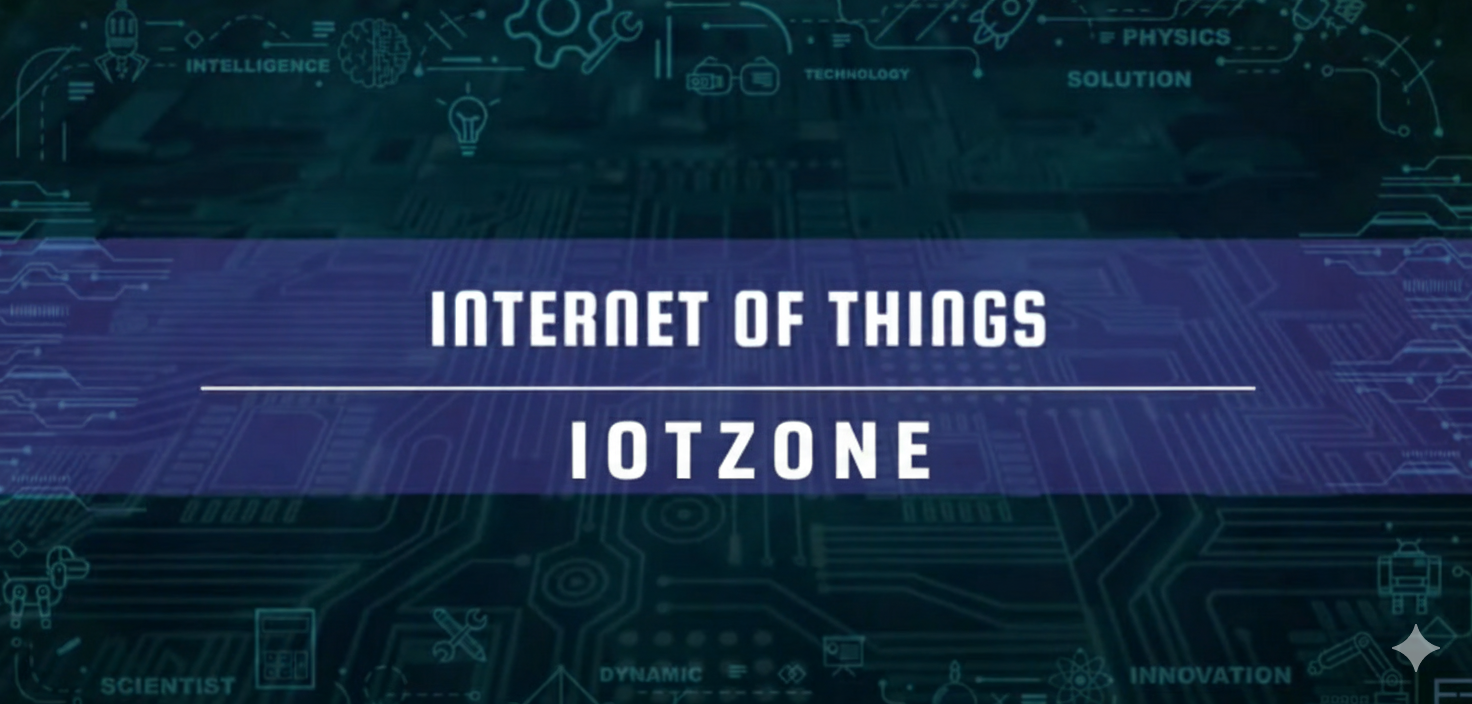Understanding OpenStack: The Open-Source Cloud Platform for Modern IoT and Computing

Overview
Cloud computing has become a crucial part of modern digital infrastructure, enabling scalable, flexible, and efficient resource management. Among the many cloud platforms available today, OpenStack stands out as a powerful, community-driven, open-source solution for building and managing both public and private clouds.
This article explores the fundamentals of OpenStack, its architecture, key components, installation process, and how it can be integrated with the Internet of Things (IoT) to create a robust, scalable cloud environment.
What Is OpenStack?
OpenStack is an open-source cloud operating system that helps manage large pools of compute, storage, and networking resources through a web-based dashboard or APIs. It was originally developed as a joint project by NASA and Rackspace Hosting and was first released in 2010.
Today, OpenStack is supported by leading tech companies such as IBM, Cisco, Red Hat, HP, and Intel, and thousands of developers worldwide contribute to its continuous improvement.
Being completely free and open source, OpenStack empowers organizations and developers to build private or hybrid clouds without licensing costs. It provides full control over cloud infrastructure and offers extensive customization, scalability, and interoperability with other technologies.
Major Versions of OpenStack
OpenStack releases are named in alphabetical order. Each new version introduces improvements, new features, and bug fixes. Some of the well-known versions include:
-
Austin (2010) – The first official release.
-
Bexar, Cactus, Diablo… (subsequent updates)
-
Okata – One of the more stable and feature-rich releases widely used in enterprises.
Core Components of OpenStack
OpenStack is not a single software but a collection of interrelated components, each responsible for a specific function in the cloud environment. Let’s look at the main ones:1. Horizon (Dashboard)
Horizon is the Graphical User Interface (GUI) of OpenStack. It allows administrators and users to manage various cloud services—such as launching instances, managing networks, and monitoring resources—through an intuitive web dashboard.
2. Keystone (Identity Service)
Keystone handles authentication and authorization. It verifies user identities and ensures that only authorized users can access or modify cloud resources. It supports multiple authentication methods, including username/password, token-based, and third-party authentication.
3. Nova (Compute Service)
Nova is the compute engine of OpenStack responsible for creating and managing virtual machine (VM) instances. It interacts with hypervisors like KVM, Xen, or VMware to allocate CPU, RAM, and disk resources dynamically.
4. Glance (Image Service)
Glance manages VM images—templates that are used to launch instances. It allows users to upload, register, and retrieve images, and also supports creating snapshots of running VMs for future use.
5. Swift (Object Storage)
Swift is an object storage system designed for storing large amounts of unstructured data such as images, backups, and archives. It ensures data redundancy and scalability across multiple servers.
6. Cinder (Block Storage)
Cinder provides block-level storage for instances, similar to virtual hard drives. It is ideal for databases and applications that require consistent and low-latency data access.
7. Neutron (Networking Service)
Neutron handles all networking aspects of OpenStack. It allows users to create and manage networks, routers, IP addresses, and firewalls. Essentially, Neutron provides Network-as-a-Service (NaaS) for virtual machines and other cloud resources.
8. Heat (Orchestration Service)
Heat automates cloud resource deployment using templates. It allows developers to define infrastructure as code (IaC), enabling consistent and repeatable environment creation.9. Ceilometer (Telemetry and Billing)
Ceilometer collects and monitors usage data for all OpenStack services. It’s primarily used for billing, resource tracking, and performance analysis—making it useful for service providers offering cloud solutions to customers.
Installing OpenStack Using DevStack
Setting up OpenStack manually can be complex because it involves configuring multiple interdependent components. However, a simpler method known as DevStack allows developers to install OpenStack easily for learning, testing, or development purposes.
Steps to Install OpenStack via DevStack:
-
Install Git:
Open a terminal and install Git using your package manager.
Example (Ubuntu):sudo apt install git -
Clone the DevStack Repository:
git clone https://opendev.org/openstack/devstack
cd devstack -
Configure Local Settings:
Edit thelocal.conffile and add basic configurations such as admin username, password, and network settings. -
Run the Installation Script:
The script will automatically install and configure all required OpenStack components../stack.sh -
Access Horizon Dashboard:
After installation, open a browser and visithttp://localhost/dashboard(or your server IP).
Log in using the admin credentials you set during installation.
Note: If you face proxy or network issues during installation, the troubleshooting solutions are readily available on OpenStack’s official documentation and community forums.
Launching and Managing Instances
Once OpenStack is installed, users can log into the Horizon dashboard to create virtual instances (VMs).
The process typically involves:
-
Creating key pairs for secure SSH access.
-
Selecting an image (e.g., Ubuntu, CentOS) via Glance.
-
Choosing a flavor, which defines the compute resources (RAM, CPU, Disk).
-
Configuring networks and routers through Neutron.
-
Assigning floating IPs for external access.
Setting Up Networking and Security Rules
Networking is an integral part of cloud infrastructure. With OpenStack’s Neutron component, you can:-
Create private networks and public routers.
-
Assign floating IPs to connect instances with the external world.
-
Define security groups and firewall rules (for ICMP, SSH, HTTP, etc.) to control inbound and outbound traffic.
Why Use OpenStack for IoT Applications
The Internet of Things (IoT) generates massive amounts of data that require scalable cloud infrastructure for storage, processing, and analytics. OpenStack is ideal for IoT deployments because:-
It’s open source and cost-effective.
-
It supports horizontal scaling to handle variable workloads.
-
It integrates easily with edge computing and AI/ML frameworks.
-
It ensures data privacy through isolated networks and access control.
Conclusion
OpenStack remains one of the most versatile and reliable open-source cloud platforms available today. Its modular architecture, strong community support, and flexibility make it perfect for both enterprise-level cloud systems and IoT environments.Whether you are a developer, researcher, or cloud enthusiast, learning OpenStack gives you the power to design your own cloud infrastructure—completely free and fully customizable.
As cloud computing continues to evolve, OpenStack will remain at the core of open innovation, driving the next generation of distributed, intelligent, and scalable computing systems.
Administrator
Frequently Asked Questions
Common questions about Understanding OpenStack: The Open-Source Cloud Platform for Modern IoT and Computing. Find answers to the most frequently asked questions.
User Reviews & Comments
Share your experience with this IoT Blog. Your feedback helps our community make informed decisions!
Share Your Experience
Help others by sharing your thoughts about this IoT Blog.
Related Blogs
Explore more IoT Blogs in the same category

What is the Internet of Things (IoT)?
Tutorials
The Internet of Things (IoT) connects everyday devices to the internet, enabling smart homes, healthcare, farming, and industries with automation, real-time monitoring, and data-driven insights.

IoT Security Risks and How to Protect Your Devices
Tutorials
Learn how to secure your IoT devices at home and office, reduce cyber risks, and protect privacy with best practices for a safer connected world.

IoT Components: Working of IoT, Sensors & Actuators, Role of IoT, IoT Cloud, IoT Analytics
Tutorials
Explore IoT components, working, sensors, actuators, IoT cloud, and analytics. Learn how IoT transforms data into insights, connecting devices for smarter and efficient solutions.
No Reviews Yet
Be the first to share your experience with this IoT Blog!